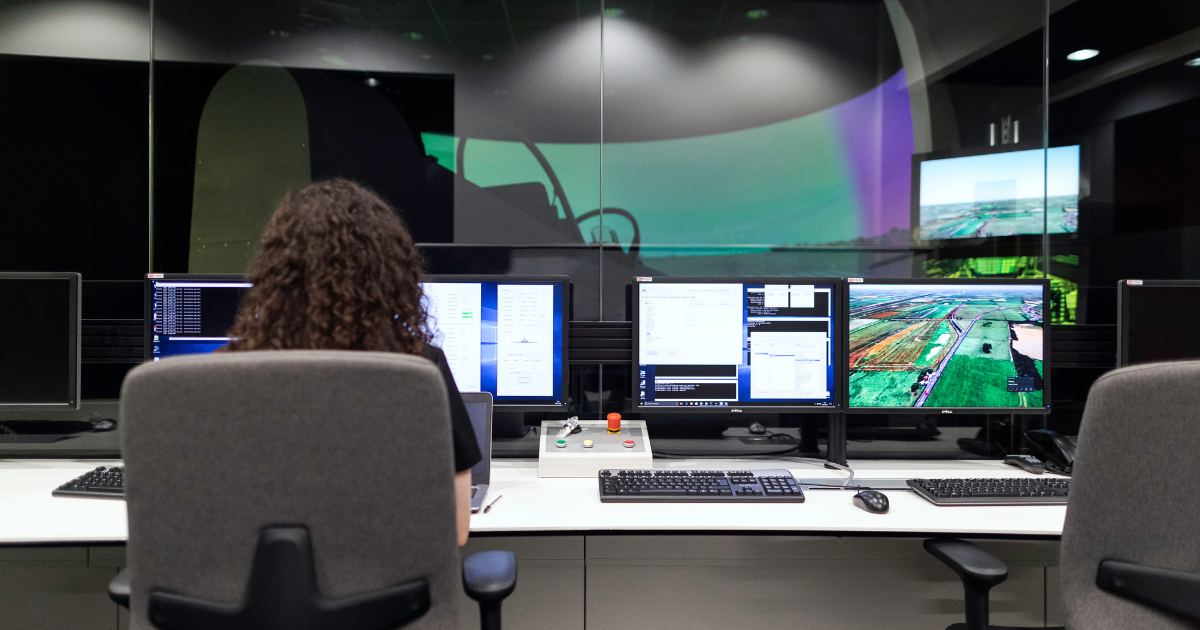Mobile app testing with real devices is essential because it provides the most accurate representation of how the app will perform in a real-world environment. Real devices have a wide range of hardware and software configurations. Testing on real devices allows developers to identify and fix any issues that may arise on specific devices or operating systems.
Testing on real devices also allows developers to test the app’s performance, such as its load time and responsiveness, as well as its battery consumption and memory usage. Testing on real devices also allows developers to test the app’s compatibility with different network conditions, such as different speeds and connection types.
Additionally, testing on real devices allows developers to test the app’s user interface (UI) and user experience (UX) on different screen resolutions, orientations, and input methods, which is essential for a good user experience.
In contrast, testing on an emulator or simulator can be less accurate because it only simulates the hardware and software environment and can not fully replicate real-world conditions. Emulators and simulators are useful for testing basic functionality, but they may not be able to detect all the issues that may arise on real devices.
In summary, while emulators and simulators can be useful for testing basic functionality and for some initial testing, testing on real devices is essential for ensuring that the app performs correctly in real-world environments. Real devices offer the most accurate representation of how the app will perform, and it’s essential to test on real devices to ensure that all issues are identified and fixed before the app is released to the market.



